When using a grinding wheel machine, the operator must wear a safety helmet, protective goggles, and gloves, and should not face the grinding wheel directly but stand to the side. When using a grinding wheel machine, gloves are not allowed, and it is strictly prohibited to wrap the tool with cotton yarn or similar materials for grinding.
Preparations Before Using a Grinding Wheel Machine
△ Designated Personnel and Regular Inspections
The grinding wheel machine must be managed by designated personnel and undergo regular performance checks to ensure stable and continuous operation.
△ Pre-Start Inspection
Before starting the grinding wheel machine, carefully inspect the integrity of the grinding wheel (no cracks, fractures, or damage). Ensure the grinding wheel shaft is securely installed, there are no obstructions between the machine and the protective cover, and all safety regulations are met.
02 Operational Precautions
△ Protective Measures
Operators must wear protective goggles during operation to shield their eyes from flying debris.
△ Prohibited Materials and Operational Standards
The grinding wheel machine must not be used to grind aluminum, copper, tin, lead, or non-metallic materials. After starting the machine, allow it to run idle for 2–3 minutes until the grinding wheel reaches a stable speed before beginning grinding.
03 Safety Guidelines During Grinding
△ Starting and Grinding
When using the grinding wheel machine, grinding should only begin after the wheel reaches a stable speed. Operators must ensure their bodies are always positioned away from the wheel’s rotation direction.
△ Grinding Wheel Usage Rules
When grinding tools or other objects, control the pressure to avoid excessive impact on the wheel. It is strictly prohibited for two people to use the same wheel simultaneously, and grinding on the side of the wheel should be avoided. Operators must stand to the side of the wheel to prevent injuries from potential wheel breakage. For safety, the wheel must remain dry, as water can affect its balance. Severely worn or thin wheels must be replaced promptly. After use, immediately turn off the power to prevent unnecessary wear or accidents from idle operation.
Grinding Wheel Machine Selection and Protection
Ensuring proper selection and protective measures for the grinding wheel machine is a critical prerequisite for operational safety.
△ Protective Covers and Non-Compliant Products
Ensure the grinding wheel machine is equipped with a protective cover and avoid using non-compliant or uncertified products.
△ Matching Wheel Size
Confirm that the grinding wheel size matches the machine. Using mismatched wheels is strictly prohibited.
△ Wheel Integrity
Ensure the grinding wheel is free from damage or cracks.
Personal Protection and Safe Operation
Proper personal protection and adherence to safe operating procedures are essential during use.
△ Basic Protective Measures
Wear protective goggles and a safety helmet during operation.
△ Cutting Posture
During cutting, personnel must stay away from the tangential direction of the wheel and stand on the right side of the grinder’s protective cover to avoid direct exposure to the cutting surface.
△ Grinding Direction and Pressure Control
Ensure the grinding direction is safe and avoid excessive force. When using a handheld grinder, apply pressure slowly and evenly to prevent wheel breakage.
△ Startup and Operation Monitoring
After starting the grinder, allow it to run idle first. Check for smooth operation and unusual noises. Adjust the direction carefully during operation to ensure safety.
△ Cutting Direction and Power Operation
Do not alter the cutting direction. If the cutting path deviates, do not force a correction while the grinder is running. Instead, lift the grinder and restart along the correct path. Before starting, connect the power first, then turn on the grinder switch.
△ Wheel Replacement
When replacing the wheel, ensure the grinder is switched off and unplugged. Use specialized tools for replacement to prevent accidental activation. It is recommended to keep a wrench fixed to the socket for easy power disconnection.
Final Reminder
Always prioritize safety risks during grinding operations. Before using a grinding wheel machine, fully understand and implement measures to eliminate, reduce, and prevent risks from causing harm. By strictly following all regulations and safety procedures, ensuring optimal conditions for personnel, equipment, and the environment, the incidence of grinding wheel accidents can be significantly reduced. If anyone is observed violating safety protocols, provide immediate safety education or guidance, and ensure all personnel within a 3-meter radius are equipped with appropriate protective gear.
Grinding Wheel Machine Safety Operation Procedures
- Clothing Requirements
- Wear tight-fitting protective clothing with sleeves fastened and no open hems.
- Gloves are prohibited.
- Do not change clothes near a running machine or wrap cloth around yourself to avoid entanglement.
- Long hair must be secured under a safety helmet; skirts and slippers are not allowed.
- Wear protective goggles to prevent eye injuries from flying debris.
- Machine and Wheel Installation
- The machine base must be stable with no vibrations during operation.
- The grinding wheel’s tightening thread must oppose its rotation direction, with a locking mechanism. Fine-thread screws are preferred.
- Perform balance tests during installation. The wheel must run smoothly and maintain a circular shape.
- Use iron clamps (at least half the wheel’s diameter) on both sides, with soft padding between the clamps and wheel.
- Add thick paper or insulation between the shaft and wheel for even pressure distribution.
- Pre-Use Checks
- Inspect the wheel for defects or cracks and ensure protective and dust extraction devices are secure.
- Stand to the side when starting; let the wheel run idle for several minutes to confirm normal operation before use.
- Wheel Replacement
- Only designated personnel should replace wheels. Do not use hammers.
- Tighten screws evenly and test the machine after replacement before resuming work.
- Speed Limits
- Do not exceed the wheel’s specified maximum safe speed.
- Workpiece Handling
- Hold workpieces firmly with even pressure; avoid sudden impacts or excessive force.
- Do not grind heavy objects to prevent wheel breakage.
- Use clamps for small workpieces to avoid hand injuries.
- Only one person may use a wheel at a time.
- Prohibited Materials
- Do not grind hard alloys on green silicon carbide or aluminum oxide wheels.
- Grinding copper, lead, wood, or plastic is prohibited.
- For iron workpieces, frequently cool them with water.
- Cleanup
- Do not store items near the machine.
- Turn off the power after use and clean the work area.
Industrial News
Industrial Tech Knowledge
Industry Information:
The aperture range of core drills varies depending on their application: Industrial Sector Medical Equipment Sector For more precise parameters, it is recommended to consider the specific application scenario (e.g.,…
yes, a core drill can cut through rebar. 1. Can Hollow Drills Penetrate Rebar? Hollow drills are tools capable of drilling through concrete and rebar, but they cannot penetrate rebar…
Hollow drills can penetrate metal. A hollow drill is an industrial drilling tool that removes material through a multi-blade annular cutting structure, primarily used for machining metal materials. Its design…
How to Identify Whether a Drill Bit is for Concrete or Wood 1. Bit Shape 2. Material 3. Performance Feedback Conclusion: Check shape, material, and drilling feel to avoid misuse…
What is the difference between a hole saw and a knockout punch? I. Definitions and Structures of Hole Saws and Knockout Punches A hole saw is a hollow drill bit…
Each drill bit can drill 1,000–3,000 holes. For example, drilling a 40mm diameter hole in 30mm thick steel plate takes only 25–40 seconds. When used with a magnetic drill, the…
Are Drill Bit Models Universal? Can All Types of Bits Be Used with Any Drill? Drill bits are not universally compatible—different bit models are designed for specific types of drills…
The Difference Between Core Drills and Hammer Drills I. Principle and Applications of Core Drills A core drill is a hollow drilling tool with an inner drill bit that can…
1. Structure Hollow drills and twist drills have different structures. A hollow drill has a hollowed-out center, leaving a sharp-edged bit, which generates more chips during drilling. A twist drill,…
How to Install a Core Drill Bit onto a Hand Drill In magnetic drill operations, the selection of drill bits is crucial. The core drill bit, as one of the…
What kind of drill is a hollow drill bit paired with? Choose the right drill bit to improve work efficiency. Hollow drill bits need to be used with specialized drill…
Core Drill Bit A hollow drill bit is also known as a core drill bit, hole opener, center drill bit, steel plate drill bit, magnetic drill bit, rail drill bit,…
For grinding lawn mower blades, grinding wheel discs are better. Comparison of the Advantages and Disadvantages of Grinding Wheel Discs and Flap Discs Types and Applications of Grinding Wheel Discs…
Direction of Placing the Grinding Wheel: Which Side Should Face Up? I. Direction of Placing the Grinding Wheel Many people wonder which side of the grinding wheel should face up…
Resin Bond Diamond Grinding Wheel TestWheel Specification: 12A2/45°125×32×32×10×3 W20 100BGrinding Object: Sharpening PCD toolsGrinding Area: Two edges of PCD tool, edge width 4.6mm, PCD layer thickness 0.8mm, YG16 layer thickness…
Is It Time to Replace Your Grinding Wheel? A Comprehensive Guide to Wheel Replacement and Dressing In the field of grinding, the condition of the grinding wheel plays a decisive…
Can Cutting Discs Be Used for Grinding? Although cutting discs are primarily designed for cutting and grinding, they can also be used for polishing in many cases. 1. Uses and…
Identifying Cracks and Fractures in Grinding Wheels Before Use Before using a grinding wheel, it is essential to thoroughly inspect it for cracks or fractures to ensure safety. 1. Why…
Pre-Installation Preparations and Checks for Grinding Wheels Before installing a grinding wheel, the following preparations and inspections must be conducted: Installation Steps Grinder Operation Procedure 1. Preparations Before operation, ensure:…
Detailed Explanation of Abrasive Grit Size: A Comprehensive Analysis from Coarse to Fine Abrasive grit size, more accurately referred to as “particle size distribution,” is commonly denoted by terms like…
The Complete Guide to Grinding Wheel Selection: A Comprehensive Analysis from Structure to Abrasives Fundamentals of Grinding Wheels Understanding the basic principles of grinding wheels is key to selecting the…
own aluminum oxide has high hardness and toughness, making it suitable for grinding metals with high tensile strength, such as carbon steel, alloy steel, malleable cast iron, and hard bronze…
Can Angle Grinders Cut Wood? Safety & Usage Guide Key Takeaways I. Risks of Cutting Wood with an Angle Grinder II. If You Must Use an Angle Grinder for Wood…
Angle Grinder Cutting Disc Usage Guide: Methods & Safety Precautions I. Proper Usage of Cutting Discs with Angle Grinders II. Critical Safety Measures III. Step-by-Step Installation Guide Pro Tip: Always…
Drill Bit Model Numbers: A Comprehensive Guide Drill bit model numbers consist of letters and numbers that indicate critical specifications including diameter, shank size, flute length, and material composition. Understanding…
Can Angle Grinders Cut Materials? Can They Use Cutting Discs? 1. Why Angle Grinders Are Not Ideal for Cutting Angle grinders are primarily designed for grinding and polishing, not cutting…
What’s the Difference Between Grinding Wheels and Cutting Discs? 1. Definitions and Applications 2. Structure and Materials Feature Grinding Wheel Cutting Disc Abrasives Aluminum oxide, silicon carbide, boron carbide Silicon…
Safe to Use a Cutting Disc for Grinding?No, It Is Not Safe. Why Cutting Discs Should Never Be Used for Grinding Using cutting discs (on angle grinders or cut-off tools)…
Materials That Should NOT Be Cut with Grinding Wheels Grinding wheels are designed for hard, non-combustible materials like metals and stone. However, certain materials pose safety risks or can damage…
While physically possible, using cutting discs on bench grinders significantly increases accident risks. Can Bench Grinders Use Cutting Discs? Safety & Usage Guide Key Considerations: If Absolutely Necessary:✔ Disc Selection:…
Yes, SDS drill bits are suitable for drilling into bricks.SDS drill bits, especially impact drill bits such as SDS drill bits or hammer drill bits, combine rotation and hammering action to penetrate hard cementitious materials,…
How much torque does a SDs drill have? 90 Newton Meters normally.The torque of an SDS drill bit is typically 90 Newton meters. An SDS drill bit is a specialized tool designed for…
SDS drill bits cannot be used as screwdrivers. SDS drill bits are designed for drilling, and their structure and material composition make them unsuitable for driving screws, which may lead to…
Key Differences Between Rotary Hammers and SDS Drills The primary distinctions between rotary hammers and SDS drills lie in their design principles, applications, and chuck systems. 1. Design Principles and…
DS mean on a rotary drill? The official term for hammer drill bits is “rotary impact drill bits”, also known as “SDS drill bits”. SDS stands for “Steck-Dreh-System” (Insert-Twist-Secure system),…
SDS drill bits are primarily used for drilling into hard construction materials such as concrete and brick, offering high efficiency and durability. SDS drill bits are specially designed for drilling…
Not all SDS drill bits come with a chuck. SDS drill bits are generally divided into two types: SDS-plus and SDS-max, both of which require compatible chucks for proper use…
SDS Drill Bits Suitable for Metal Do Exist For example, Bosch’s GSB120 Dual-Power Impact Drill is a high-performance household tool suitable for various daily repair and assembly tasks. Equipped with…
Optimal Grinding Wheels for Faster Metal Grinding with Angle Grinders 1. Best Grinding Wheels for Fast Metal Removal For high-speed metal grinding, the top choices are: Wheel Type Best For…
Can an Angle Grinder Cut Bolts? Safety & Techniques 1. Can an Angle Grinder Cut Bolts? ✅ Yes, angle grinders can cut bolts, but with strict safety precautions. Best for:…
What are the specifications and models of cutting discs? How to maintain a cutting machine? Cutting discs belong to the category of grinding wheels. They are thin sheets made of…
Cutting Wheels: Classification and Applications Cutting wheels belong to the abrasive wheel category, consisting of abrasive grains and resin bonds to form thin discs for cutting ordinary steel, stainless steel,…
Types of Metal Cutting Discs Metal cutting discs are made from different materials, each with its own applicable scope and cutting performance. Common types of metal cutting discs include: How…
Detailed Translation and Extension: Tools Utilizing Cutting Blades The primary tools that employ cutting blades include angle grinders, electric drills, and cutting machines. Types of Cutting Blades and Their Applications…
Comprehensive Guide to Cutting Tools: Classification, Applications and Technological Developments Introduction Cutting tools represent one of humanity’s oldest technological innovations, evolving from primitive stone tools to today’s computer-controlled systems. This…
Comprehensive Guide to Cutting Disc Replacement Standards: Technical Specifications and Best Practices 1. Precise Wear Measurement Standards The industry-standard replacement threshold is reached when: 2. Advanced Wear Detection Methods 2.1…


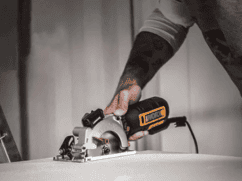
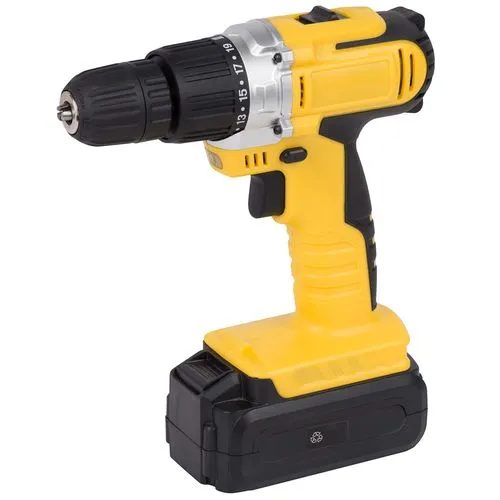


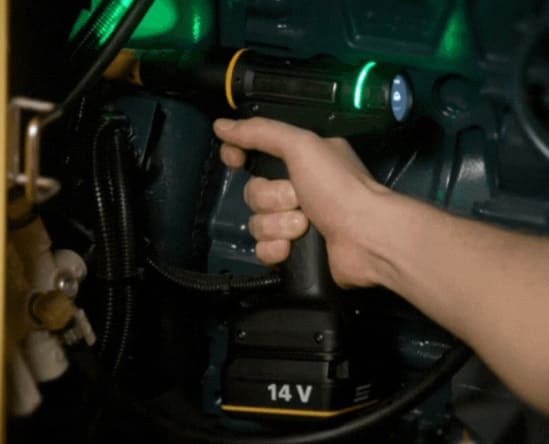

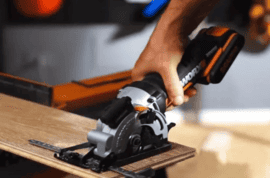
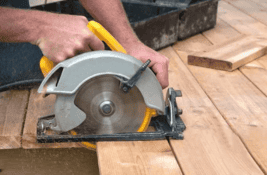
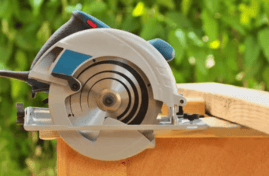
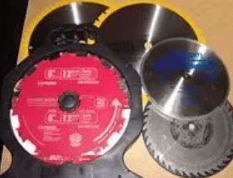
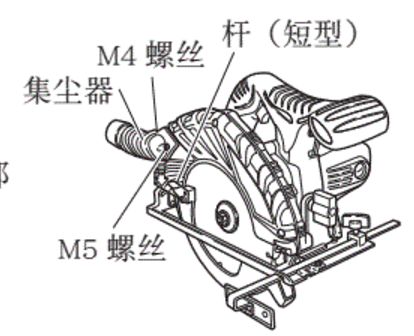
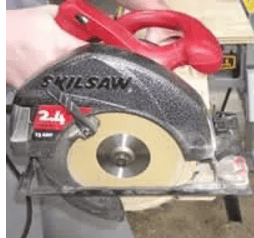
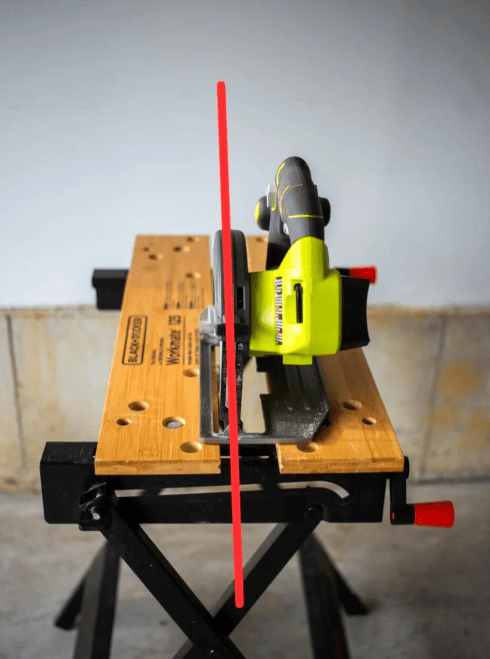
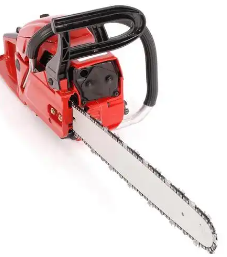
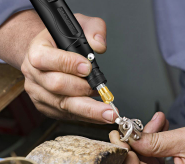

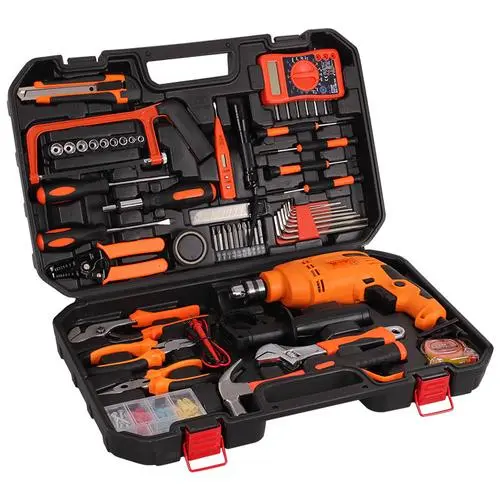
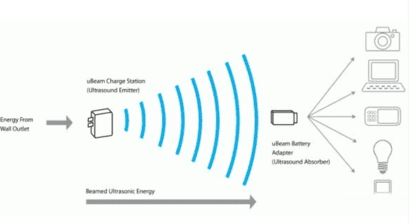
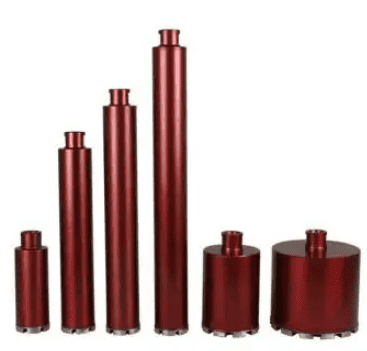

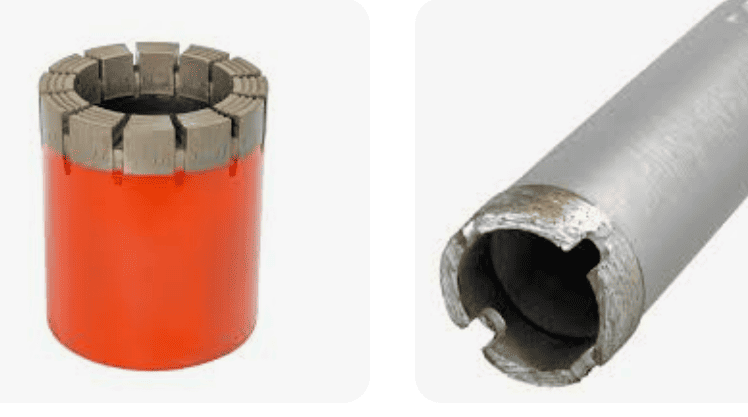
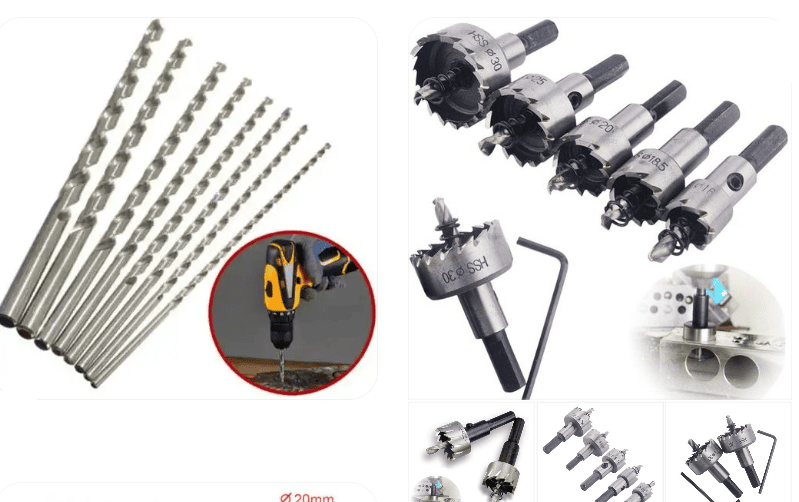
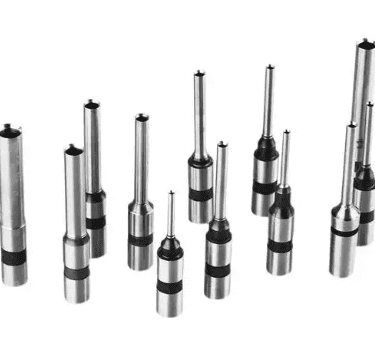
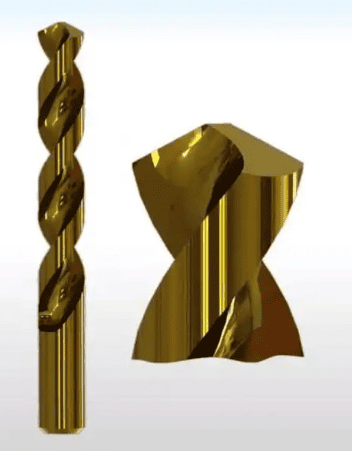
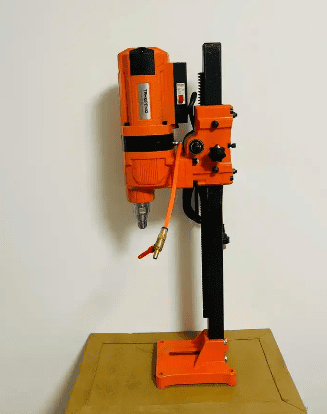

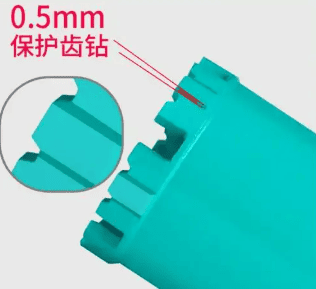
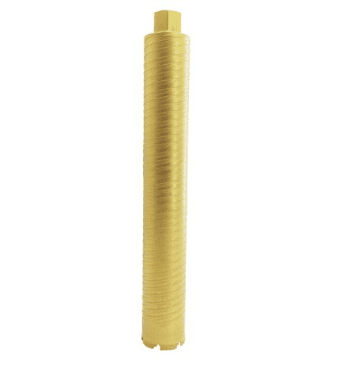
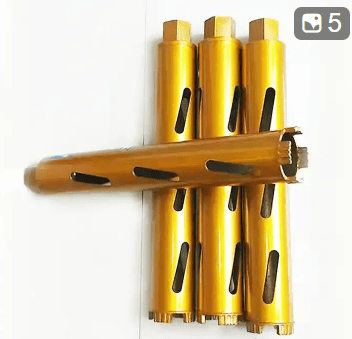
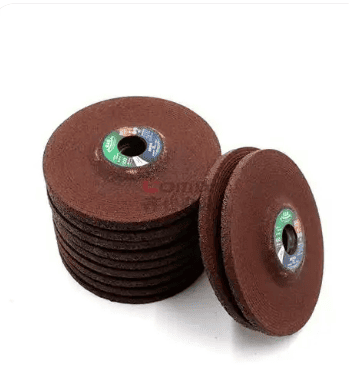
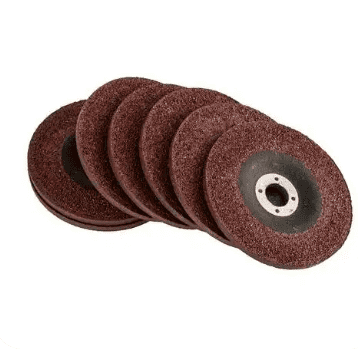
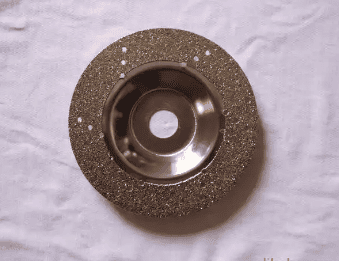
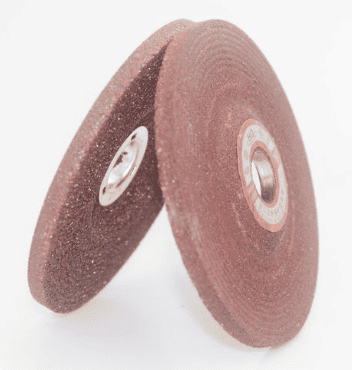
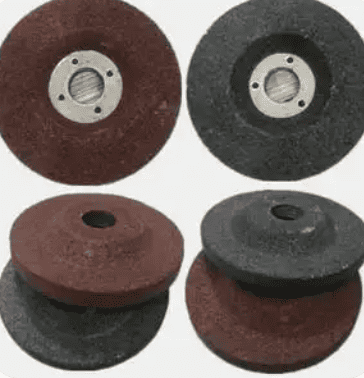
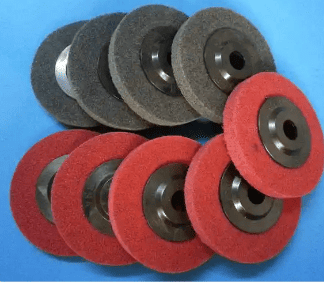
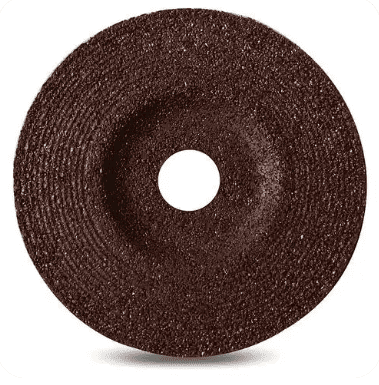
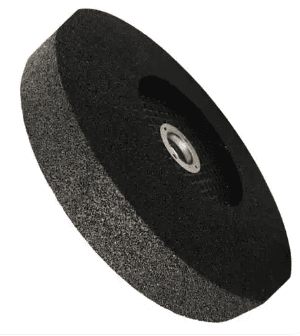
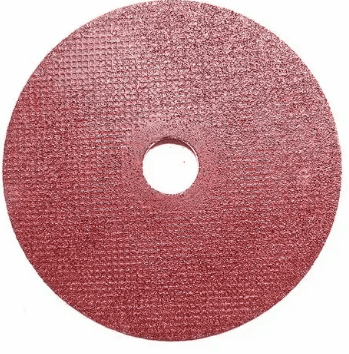
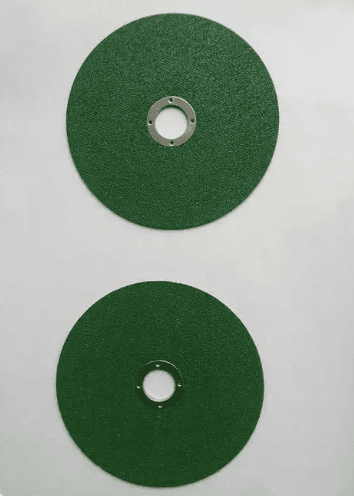
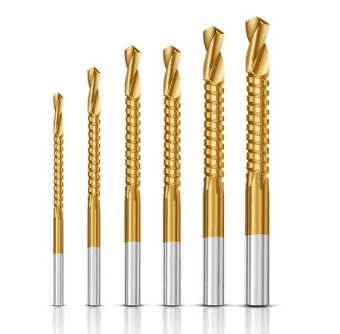
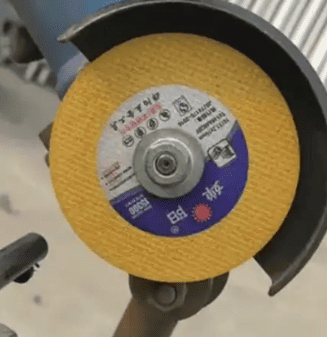
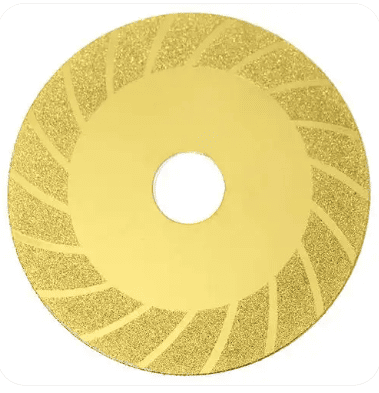
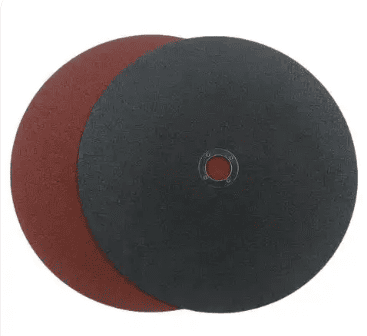
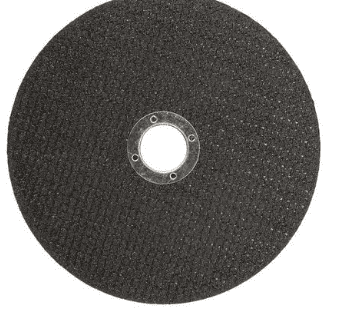
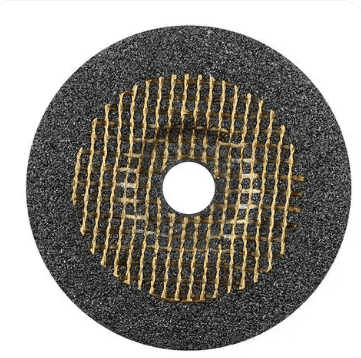
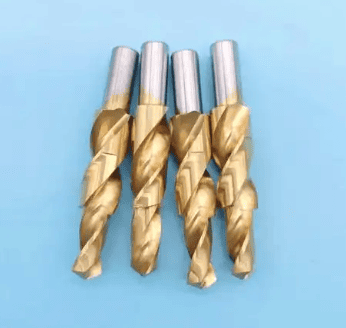
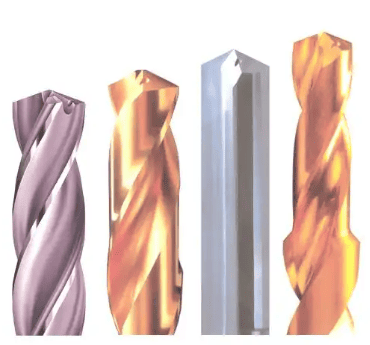
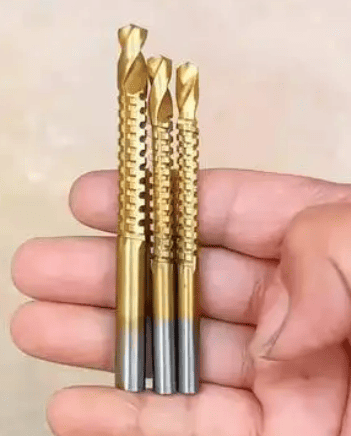
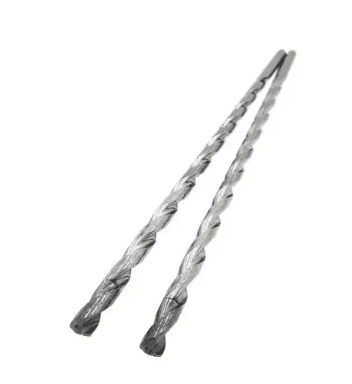
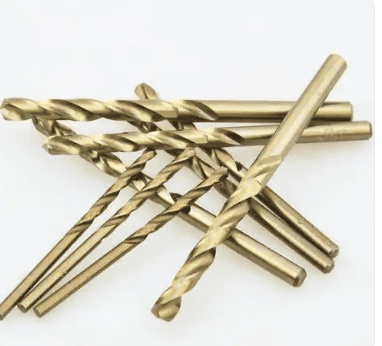
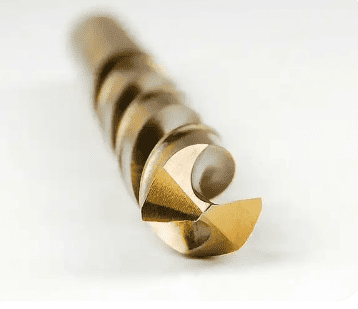
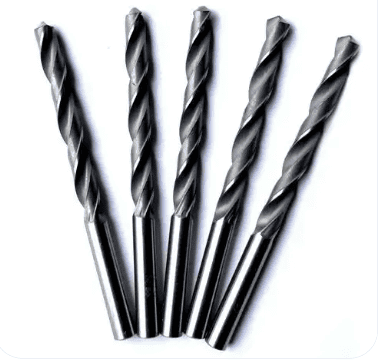
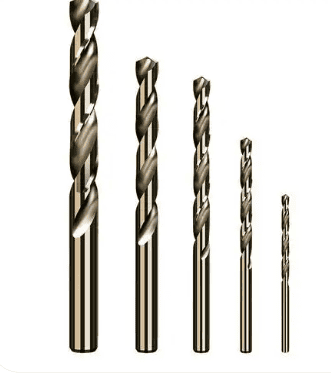

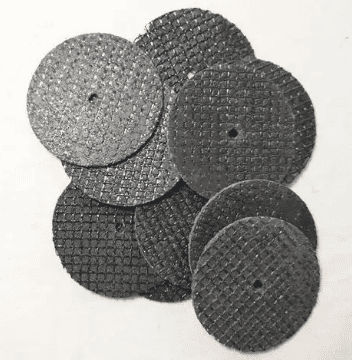
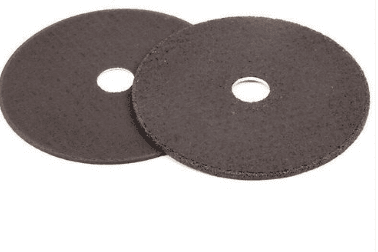
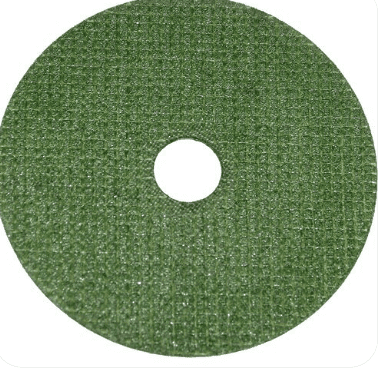
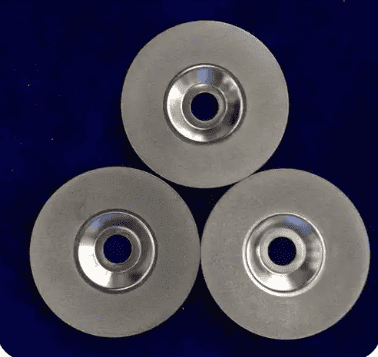
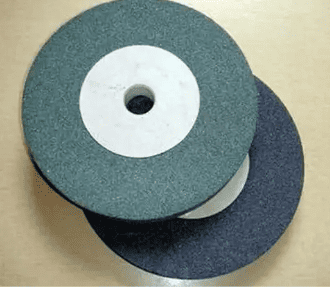
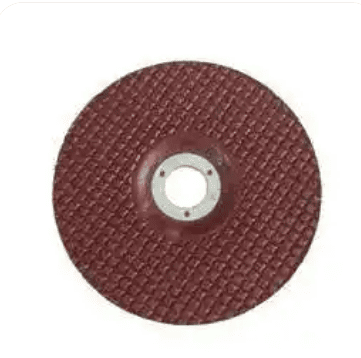
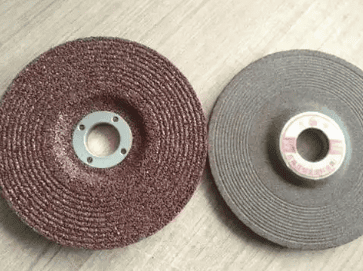

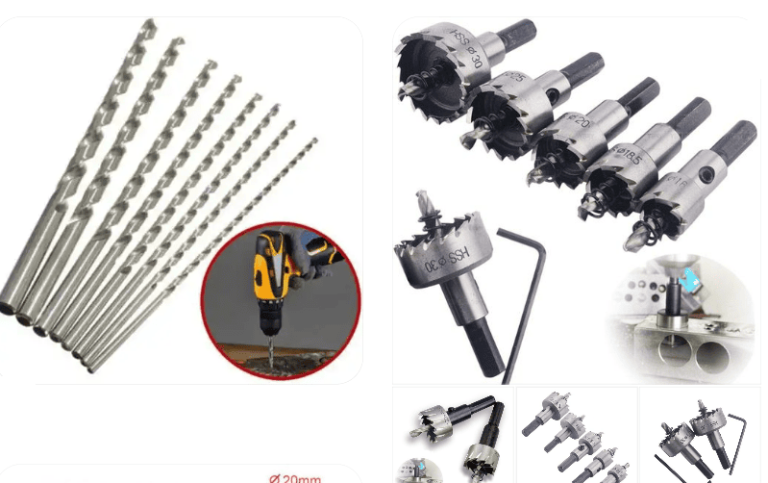
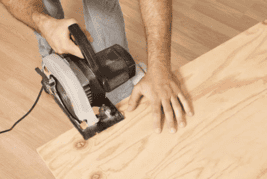
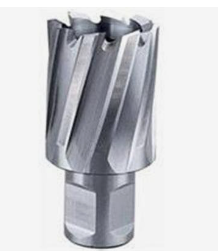
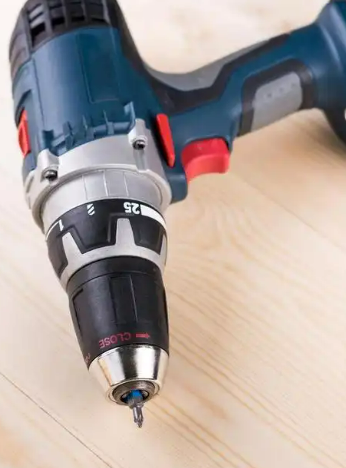
One Comment